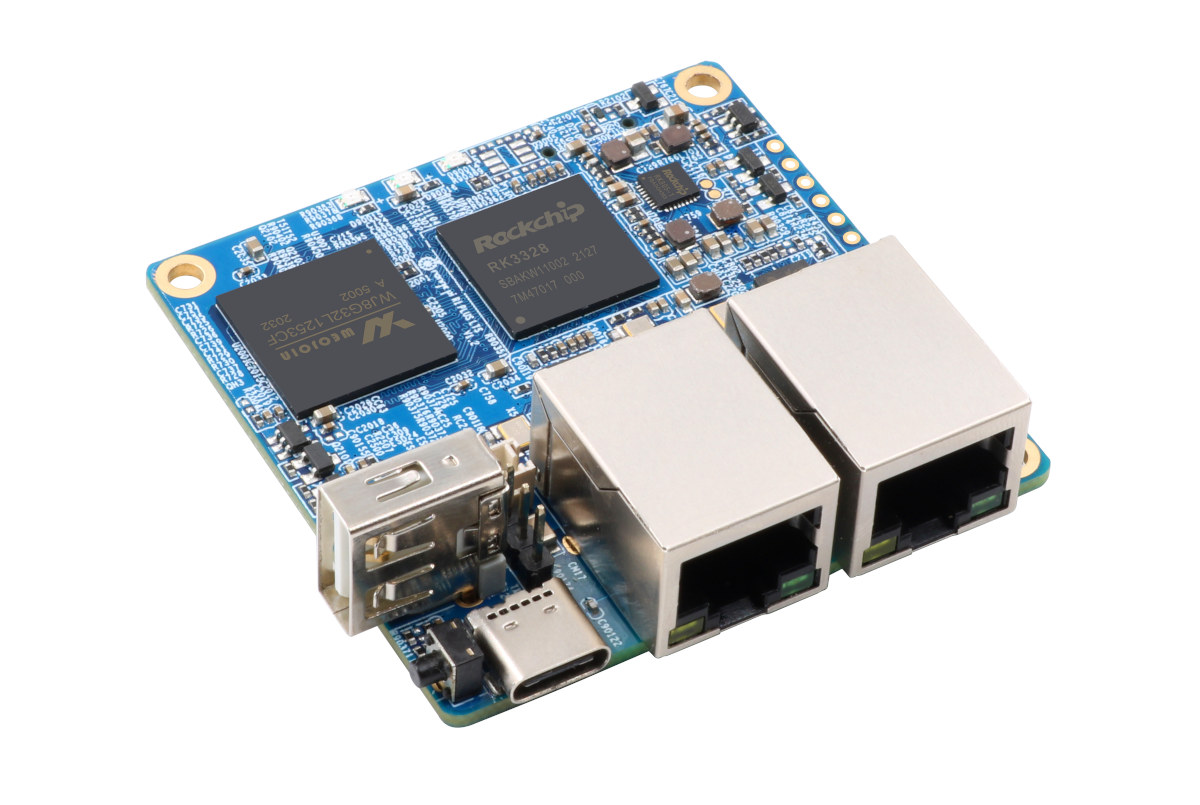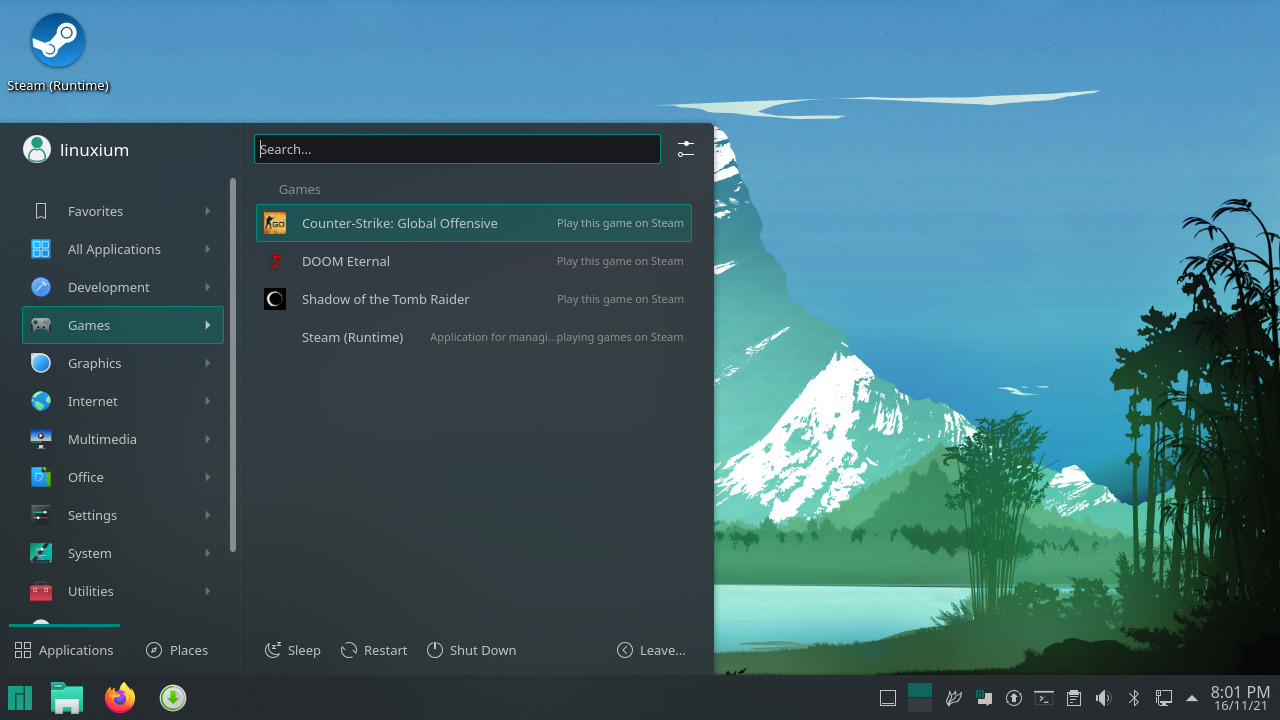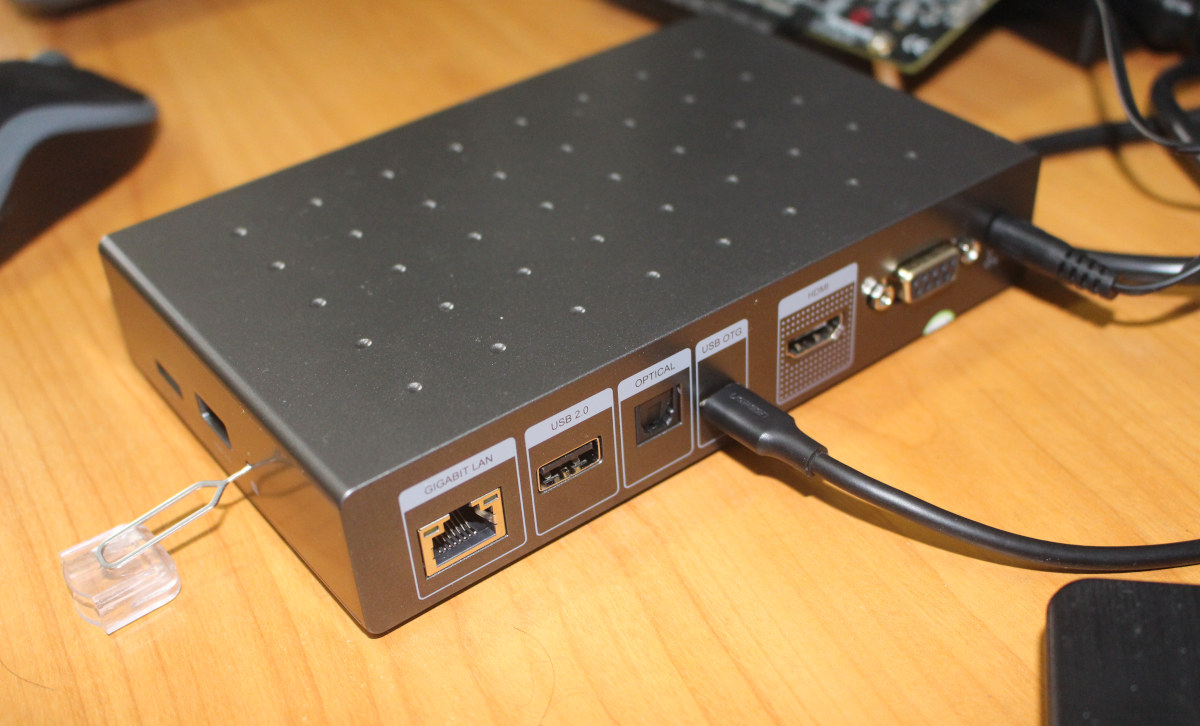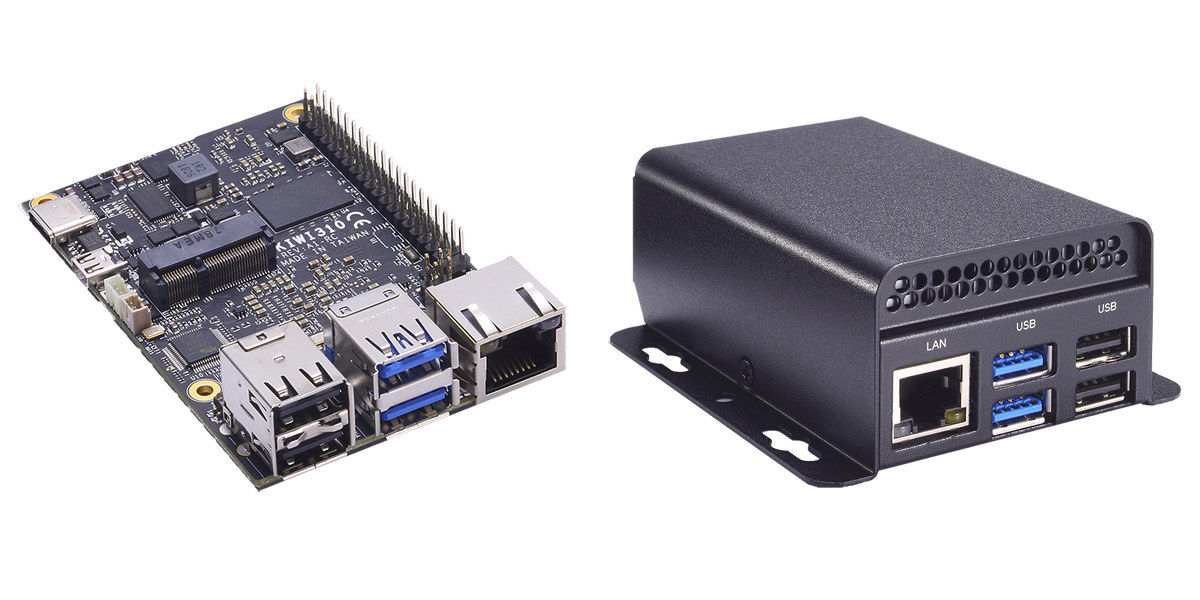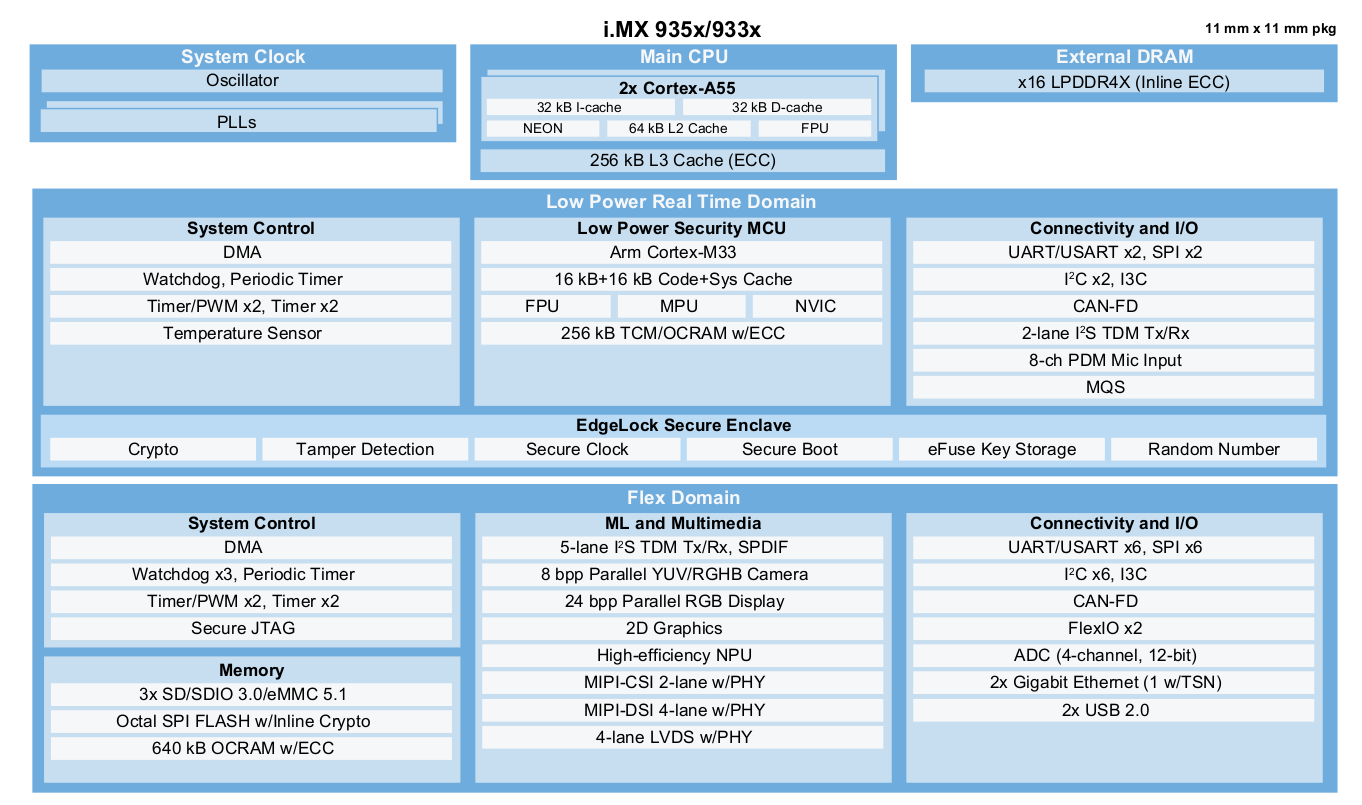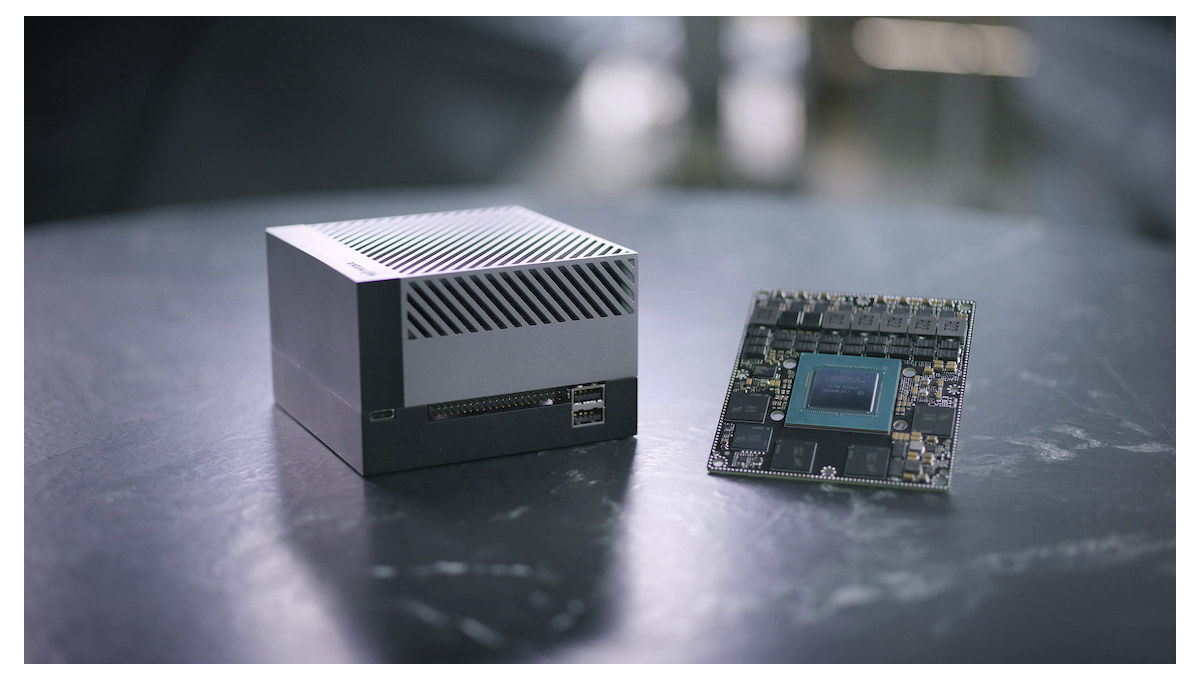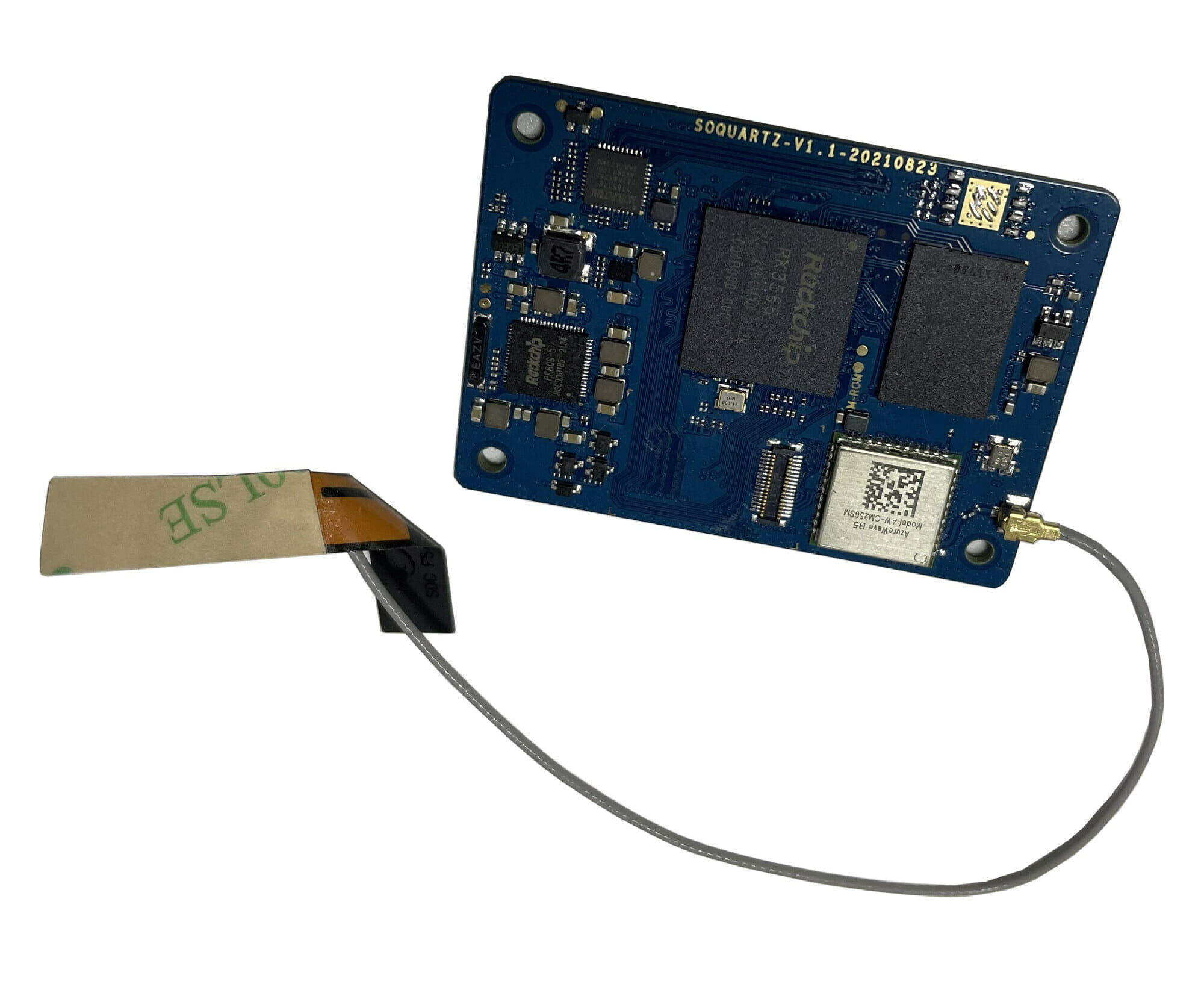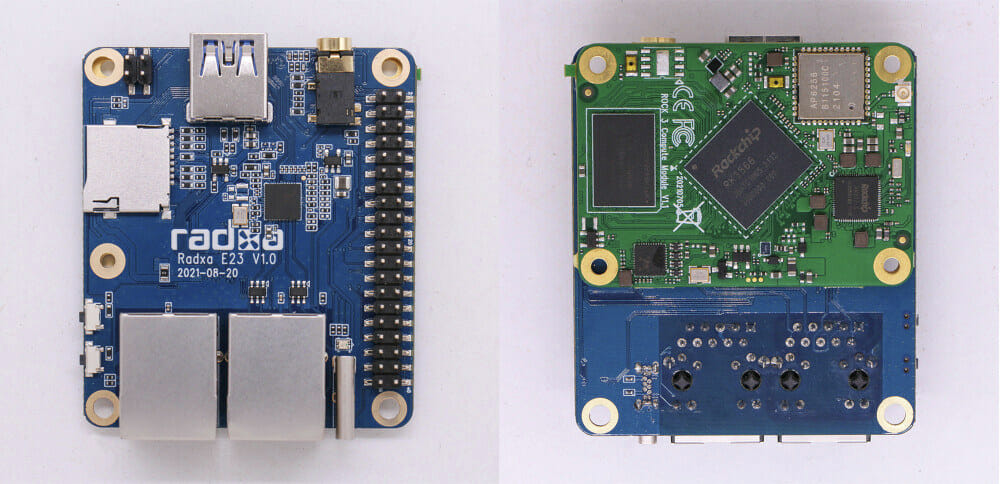It’s been a while since Shenzhen Xunlong Software released a new Orange Pi board. But the wait is over… sort of, as Orange Pi R1 Plus LTS is a low-cost version of Orange Pi R1 Plus SBC that replaced the Realtek RTL8211E PHY with a YT8531C Ethernet PHY that offers the exact same features but at a lower price. That means the new single board computer is still designed for headless operation, for example a router or firewall, with a Rockchip RK3328 processor, 1GB RAM, dual Gigabit Ethernet, and a USB 2.0 port. Orange Pi R1 Plus LTS specifications: SoC – Rockchip RK3328 quad-core Cortex-A53 @ 1.5 GHz with Arm Mali-450MP2 System Memory – 1GB LPDDR3 RAM Storage – MicroSD card slot, 16 MB SPI flash Connectivity – 2x Gigabit Ethernet via YT8531C Ethernet PHY and RTL8153B USB 3.0 to Ethernet chip USB – 1x USB 2.0 port, 1x USB-C OTG […]
Experiences of configuring and using a ‘hackendeck’ homemade Steam Deck
Valve recently released information about developing for the Steam Deck if you didn’t have a Dev-Kit which is an engineering verification test build (EV2) version of their device. Included in the documentation is a suggestion to build your own Steam Deck, or ‘hackendeck’ using a mini PC. Whilst I didn’t have the exact brand they picture in the article I did have a mini PC with the required specifications so I set about following the instructions to see how it performed. Hardware Overview Valve’s documentation under ‘Performance’ states that ‘if you are really interested in finding a PC for testing that will perform similarly to a Steam Deck … there are a few options out there and then goes on to suggest a mini PC with the following ‘roughly similar specifications to a Steam Deck’: AMD Ryzen 7 3750H Radeon RX Vega 10 Graphics 16GB of DDR4 RAM This exactly […]
How to flash firmware to Rockchip devices in Windows and Linux (2021 Edition)
We’ve written several articles detailing methods to flash firmware to Rockchip devices in Windows or Linux over the years, with tools like RKAndroidTool, RkFlashKit, upgrade_tool, or the open-source rkdeveloptool utility. This is mostly useful to flash another OS or if the device does not boot, as most products will now support OTA firmware updates. But following my review of Zidoo M6 with Android 11, I’ve now got a Linux image for the Rockchip RK3566 mini PC, so let’s revisit the firmware flashing methods in 2021. Zidoo sent me instructions for Windows, but since I’m a Ubuntu user, I flashed the firmware with the Linux tools used by Firefly. The same methods should work for the older processors such as RK3066, RK3288, and RK3399, besides the more recent Rockchip RK3566 and RK3568 processors. How to flash Rockchip firmware in Linux [Important update: If your device comes with both eMMC flash and […]
Raspberry Pi inspired Intel SBC supports Myriad X AI accelerator, 5G connectivity
Axiomtek KIWI310 may look like a Raspberry Pi SBC but it packs an Intel Celeron N3350 processor, an M.2 slot with support for Myriad X AI accelerator, and the company also offer a HAT with 5G cellular connectivity. The single board computer also comes with up to 4GB LPDDR4 memory, up to 64GB eMMC flash, a Micro HDMI port, two USB 3.0 and two USB 2.0 ports, as well as the ubiquitous 40-pin GPIO header. Power options are also an improvement over your typical Raspberry Pi board with USB-C PD as well as LiPo battery support. Axiomtek KIWI310 specifications: SoC – Intel Celeron N3350 dual-core Apollo Lake processor @ 1.1 GHz / 2.4 GHz (Turbo) with Intel HD Graphics 500; 6W TDP System Memory – Up to 4GB (specs) or 8GB (YouTube video) LPDDR4 Storage – Up to 64GB eMMC flash, SPI flash for AMI BIOS Video & audio output […]
NXP i.MX 93 processor combines Cortex-A55 cores with Ethos U65 microNPU
NXP has unveiled the i.MX 93 processor family comprised of i.MX 935x, 933x, 932x, and 931x parts at this time with up to two Cortex-A55 cores, one Arm Cortex-M33 real-time core, as well as an Ethos U65 microNPU for machine learning (ML). We wrote about i.MX 9 family back in March with NXP telling us it would include an Arm Ethos U-65 microNPU and EdgeLock secure enclave, be manufactured with a 16/12nm FinFET class process, and includes the “Energy Flex” architecture to optimize power consumption by turning on/off specific blocks in the processor. The NXP i.MX 93 is the first family leveraging those new features, and we know have some more details. NXP i.MX 93 processor specifications: CPU 1x or 2x Arm Cortex-A55 @ 1.7 GHz with 32KB I-cache, 32KB D-cache, 64KB L2 cache, 256KB L3 cache with ECC 1x Arm Cortex-M33 @ 250 MHz low power microcontroller with 256KB […]
NVIDIA Jetson AGX Orin 12-core Cortex-A78E module delivers up to 200 TOPS
The upcoming NVIDIA Jetson AGX Orin module packs some serious processing power with a 12-core Cortex-A78AE processor, 2048 CUDA cores, and 64 Tensor cores delivering up to 200 TOPS of AI performance, or 6 times more than its predecessor, the Jetson AGX Xavier module. Designed for robotics, autonomous machines, medical devices, the Jetson AGX Orin delivers the same performance as a GPU-enabled server, but in a much more compact 100 x 87mm form factor. The module can be operated in three power modes, namely 15W, 30W, or 50W depending on performance and power requirements, and a compact developer kit will also be made available. Jetson AGX Orin specifications: CPU – 12-core Arm Cortex-A78AE v8.2 64-bit processor with 3MB L2 + 6MB L3 cache GPU / AI accelerators NVIDIA Ampere architecture with 2048 NVIDIA CUDA cores and 64 Tensor Cores @ 1 GHz DL Accelerator – 2x NVDLA v2.0 Vision Accelerator […]
SOQuartz – Raspberry Pi CM4 compatible Rockchip RK3566 SoM launched for $35 and up
Radxa CM3 Raspberry Pi 4 alternative was just introduced yesterday, but today, Pine64 SOQuartz Compute Module has just become available for $34.99 and up. Pine64 announced the Raspberry Pi Compute Module 4 compatible Rockchip RK3566 system-on-module (SoM) last June, and today the company/community launched three SOQuartz models with a wireless module and equipped with either 2GB, 4GB, or 8GB RAM. SOQuartz system-on-module preliminary specifications: SoC – Rockchip RK3566 quad-core Cortex-A55 processor up to 1.8 GHz with 32-bit RISC-V MCU, Arm Mali-G52 GPU supporting OpenGL ES 1.1/2.0/3.2, OpenCL 2.0, Vulkan 1.1, 0.8 TOPS NPU for AI acceleration System Memory – 2GB to 8GB LPDDR4 Storage Optional 128 Mbit SPI flash Optional eMMC module from 16GB up to 128GB capacity or soldered-on eMMC module (see bottom of board) Wireless module – Azurewave AW-CM256SM WiFi 5 802.11ac & Bluetooth 5.0 wireless module plus an u.FL antenna connector. 2x 100-pin high-density board-to-board connectors with: […]
Radxa CM3 – A drop-in Raspberry Pi CM4 alternative
Radxa CM3 is a system-on-module that offers an alternative to the Raspberry Pi CM4, with the same form factor allowing it to become a drop-in replacement, but switching from a Broadcom BCM2711 processor to a Rockchip RK3566 quad-core Cortex-A55 SoC. Radxa CM3 will work with existing carrier boards for the Raspberry Pi Compute Module 4, albeit some features such as dual HDMI are not available, instead, providing a single HDMI, but the module also offers extra features through an additional 100-pin board-to-board with interfaces such as SATA III and USB 3.0. Let’s compare Radxa CM3 specifications to the ones of Raspberry Pi CM4. Comparing Broadcom BCM2711 quad-core processor and Rockchip RK3566, as the Cortex-A72 may still be faster on some workloads despite the lower frequency, and some other workloads may be dramatically faster on RK3566, for example for those using Armv8 Crypto extensions missing on all Raspberry Pi, which we […]


